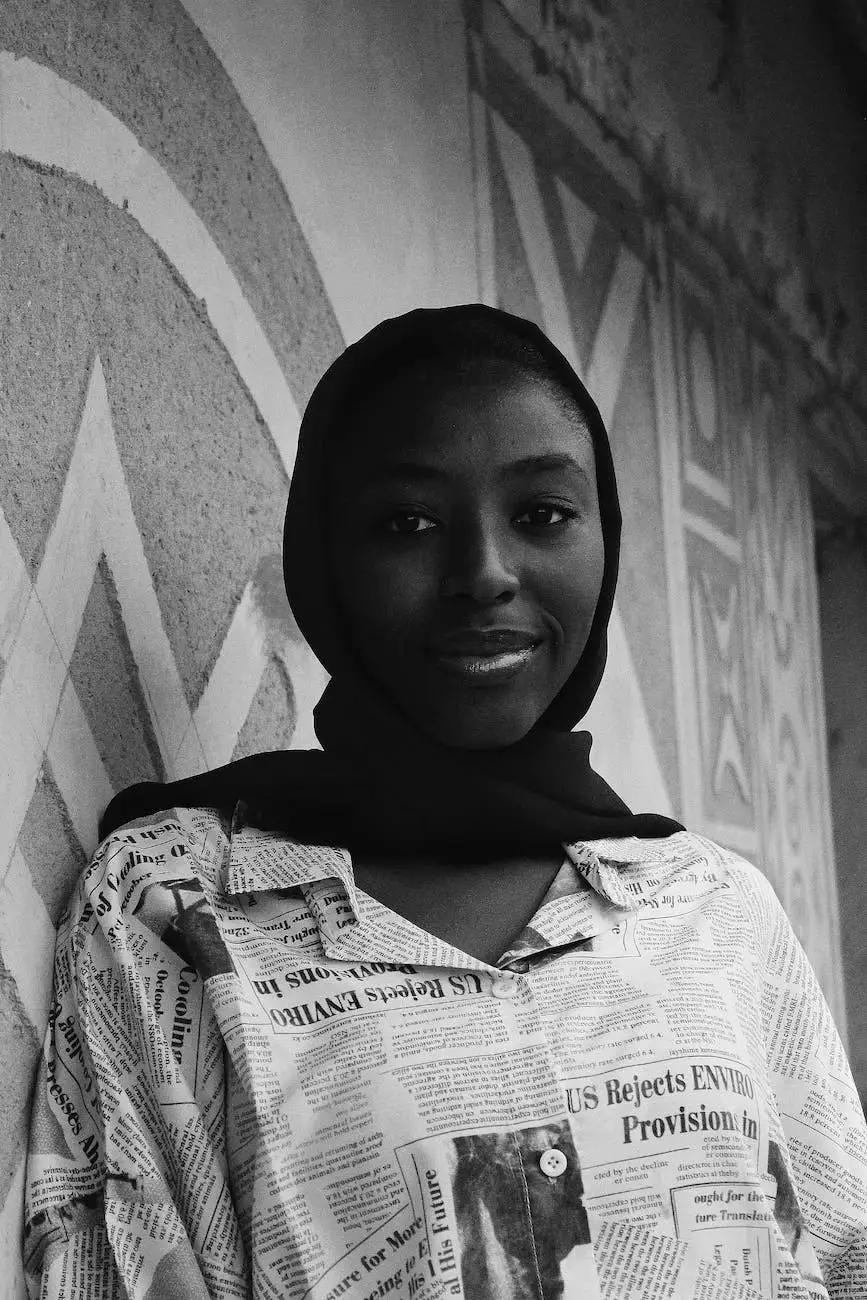Vector vs. Raster: What's the Difference?

Understanding Vector and Raster Graphics
In the digital marketing world, graphics play a crucial role in engaging audiences and delivering visually appealing content. Two common graphic formats used extensively are vector and raster. Both vectors and raster images have their own unique characteristics, and understanding the differences between the two is essential to utilize them effectively.
What are Vector Graphics?
Vector graphics are created using mathematical formulas, allowing them to be infinitely scalable without losing quality. Unlike raster images, which consist of pixels, vectors are composed of geometric shapes such as lines, curves, and polygons.
The Advantages of Vector Graphics
- Scalability: Vector graphics can be resized to any dimension without sacrificing image quality. This makes them ideal for logos, icons, and other graphics that need to be displayed across various devices and sizes.
- Editability: Since vector graphics are composed of mathematical formulas, they can be easily modified and updated. This flexibility makes it simple to make changes to the design or adapt it for different purposes.
- Smooth Curves and Shapes: Vector graphics allow for smooth, clean lines and shapes, resulting in a polished and professional look.
What are Raster Graphics?
Raster graphics, also known as bitmap images, are made up of a grid of individual pixels. Each pixel contains specific color information, forming a complete image when viewed together.
The Advantages of Raster Graphics
- Image Detail: Raster graphics excel in capturing intricate details, vibrant colors, and complex textures. They are widely used in photography and realistic digital art.
- Photo Realism: Raster graphics can replicate real-world images with high fidelity, providing a more lifelike representation.
- Image Manipulation: Editing raster images offers a wide range of possibilities with tools like Photoshop. Filters, adjustments, and effects can be applied to enhance the appearance or achieve specific artistic effects.
The Importance of Vector and Raster in Digital Marketing
As an agency specializing in digital marketing, NBOL understands the significance of utilizing both vector and raster graphics to deliver visually appealing and effective content to target audiences. By incorporating these formats strategically, we ensure an optimal visual experience for website visitors, social media followers, and marketing campaign recipients.
Vector and Raster in Web Design
Web design heavily relies on graphics to create attractive layouts and engaging user interfaces. The flexibility of vector graphics allows for responsive designs that adapt seamlessly to various screen sizes and resolutions. Logos and icons designed as vectors maintain their sharpness, regardless of whether they are being viewed on a desktop computer or a mobile device.
Vector and Raster in Branding
A strong brand identity is crucial for business success. Vector graphics are ideal for creating versatile brand assets such as logos, which need to be consistently reproduced across different marketing materials. Raster graphics, on the other hand, excel in evoking emotions and capturing attention through visually stunning visuals.
Vector and Raster in Social Media
In the era of social media, eye-catching visual content is essential to stand out among the vast amount of information. Vector graphics ensure that icons and graphics are rendered visually appealing on social media platforms, contributing to a cohesive and memorable brand presence. Raster images, on the other hand, are often used for posting high-resolution photos, showcasing products, or creating captivating visuals to enhance engagement.
Conclusion
Understanding the differences between vector and raster graphics allows us to harness their respective advantages and create visually stunning digital marketing materials. At NBOL Agency, we are experienced in utilizing both vector and raster formats to optimize visual communication and provide engaging experiences for our clients. Whether it's creating scalable logos, designing impactful web content, or crafting compelling social media visuals, we ensure that the right format is chosen to meet the specific needs of each project. Contact NBOL Agency today to elevate your brand's visual impact and captivate your target audience.




